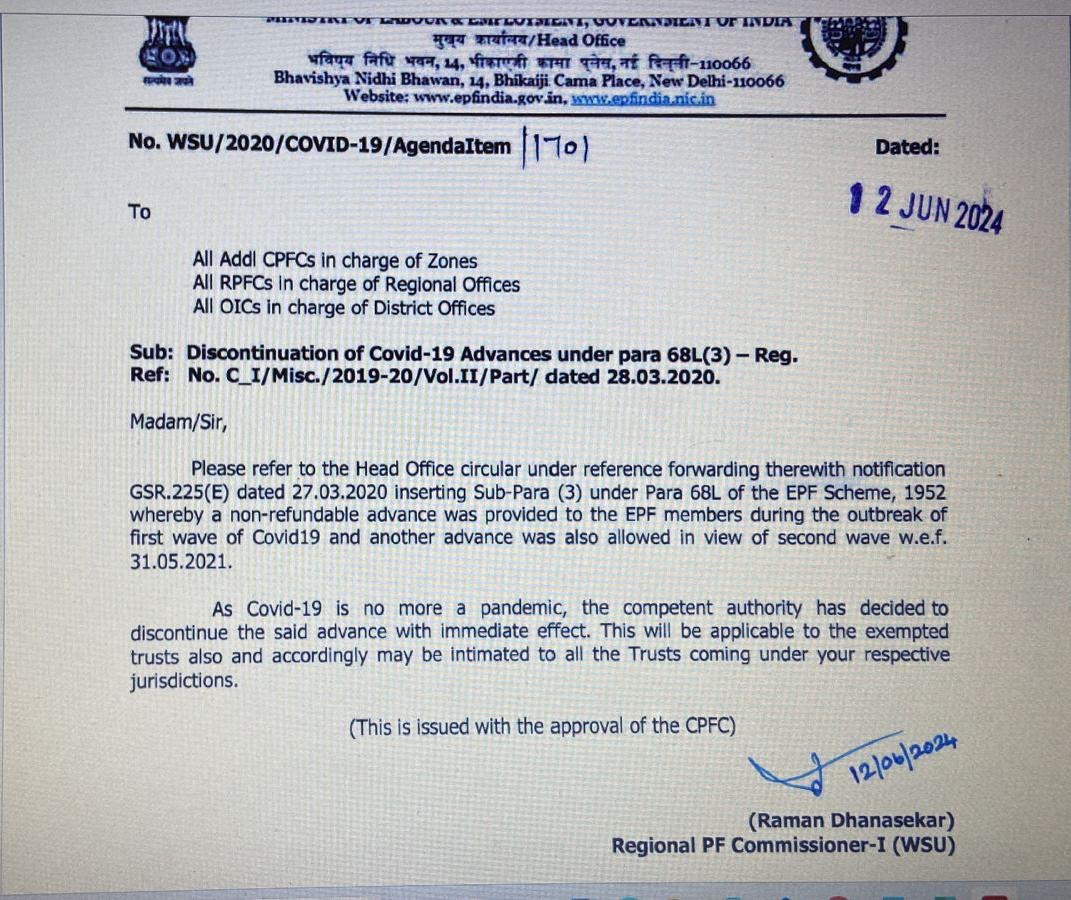Introduction
In a recent landmark judgment, the Chief Judicial Magistrate of Chandigarh, Dr. Aman Inder Singh, delivered a verdict in the case of the Employees State Insurance Corporation (ESIC) versus Sameer Gupta. This case, registered under NACT/4175/2019, dealt with significant non-compliance issues under the Employees’ State Insurance Act, 1948. The judgment, pronounced on October 4, 2023, sentenced Sameer Gupta to three months of simple imprisonment and imposed fines, marking an important moment in enforcing labour laws in India.
Case Background
The case stems from a series of inspections conducted by the Social Security Officer (SSO) of ESIC at M/S Electronic Products of India, where Sameer Gupta served as a partner and principal employer. The inspections, carried out on October 23, 2017, October 26, 2017, and November 15, 2017, revealed that the required records were not being maintained or produced upon request.
Despite multiple notices and opportunities provided to the accused to present the necessary documents, the compliance was not met. The persistent failure to produce these records led ESIC to file a complaint under Section 85(g) of the ESI Act, 1948, resulting in the trial.
The Trial and Evidence
During the trial, the prosecution presented a robust case through the testimonies of two Social Security Officers:
- Ms. Monika Sharma (CW-1): Detailed the inspection process and the repeated failures of the accused to comply with statutory requirements.
- Sh. Jaman Singh (CW-2): Corroborated the evidence provided by CW-1.
The evidence included various inspection reports and official notices (Ex. C-4/CW-1 to Ex. C-17/CW-1), showcasing the accused’s non-compliance. The defence argued that the business had been closed since 2013, making it impossible to produce the records. However, the defence failed to substantiate this claim with solid evidence.
Court’s Analysis and Judgment
The court meticulously examined the evidence and concluded that the accused had ample opportunities to comply with the legal requirements but chose not to. The inconsistency in the defence’s stance further weakened their argument. Notably, a letter (Ex. C-9/CW-1) from Sameer Gupta indicated a willingness to produce records, contradicting their claim of business closure.
Conviction:
Guilty: The court found Sameer Gupta guilty of violating Section 85(g) of the ESI Act, 1948.
Sentencing
The sentencing hearing saw both sides presenting their arguments:
- Defence Plea: The defence highlighted that Sameer Gupta was a first-time offender and the sole breadwinner of his family, urging the court for leniency.
- Prosecution’s Argument: The prosecution emphasized the importance of enforcing compliance and sought the maximum penalty under the law.
Balancing these considerations, the court sentenced Sameer Gupta to:
- Simple Imprisonment: Three months.
- Fine: Rs. 3,000/-, with an additional 15 days of simple imprisonment in case of default.
- Company Fine: M/S Electronic Products of India was also fined Rs. 3,000/-, payable by Sameer Gupta.
Significance of the Judgment
This judgment underscores the judiciary’s firm stance on enforcing compliance with labour laws. It sends a clear message to employers about the importance of adhering to statutory requirements and maintaining transparency in business operations. The case also highlights the diligence and persistence of regulatory bodies like ESIC in upholding workers’ rights and ensuring legal compliance.
Conclusion
The ESIC vs. Sameer Gupta case is a crucial reminder of the legal obligations that employers must fulfill. It serves as a precedent for similar cases, reinforcing the necessity for strict adherence to labour laws. As businesses navigate their regulatory responsibilities, this judgment stands as a testament to the importance of compliance and the potential consequences of neglecting statutory duties.
Stay tuned for more updates and analyses on significant legal developments that impact the business and labour landscape in India.





